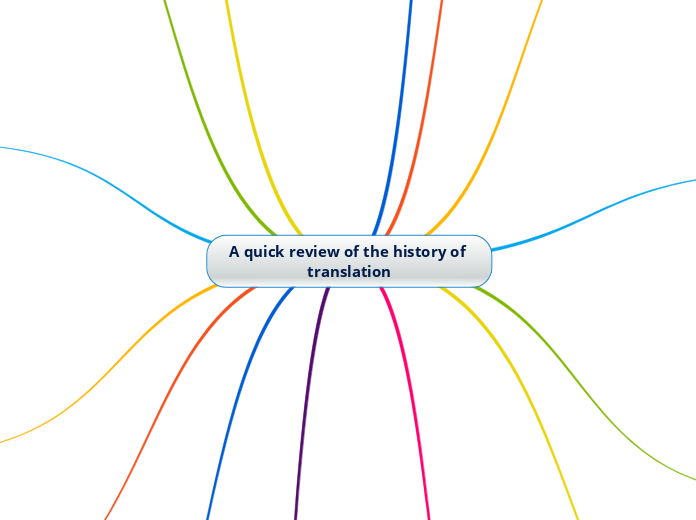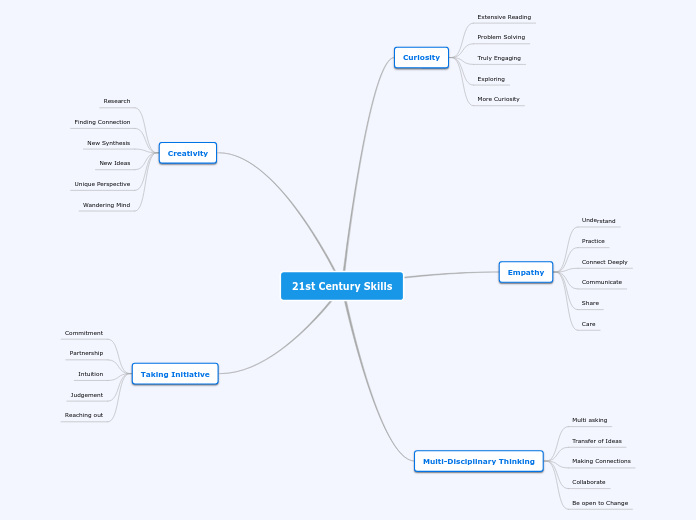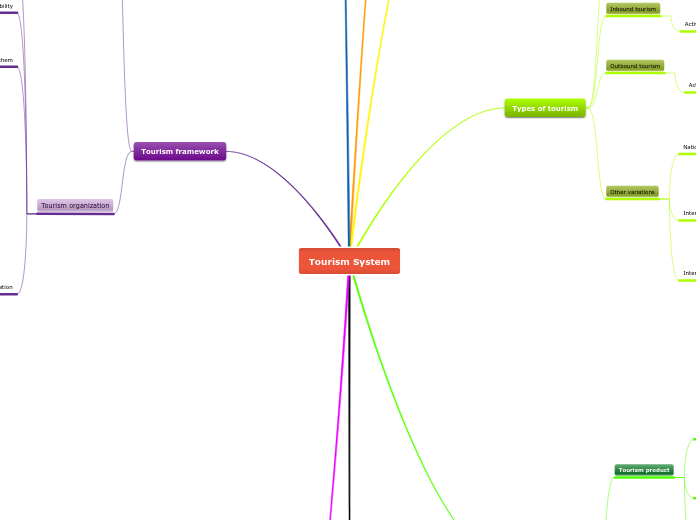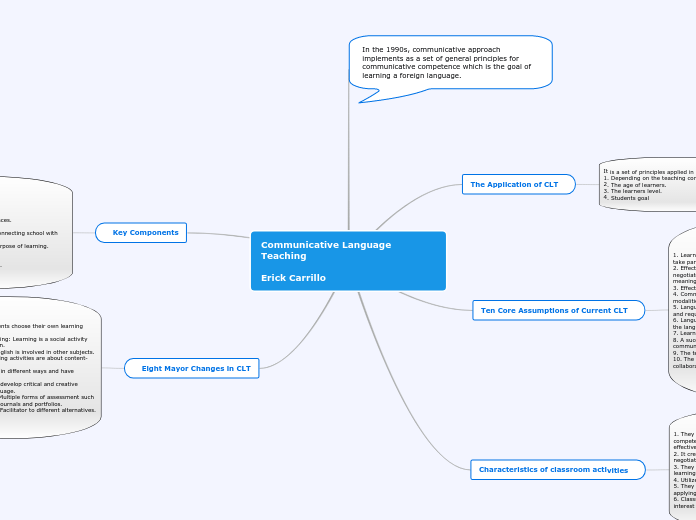av ᚨᚾᛞᚱᚨᛊ ᚨᛚᚦᛁᚾᚨ för 3 årar sedan
221
A quick review of the history of translation
The development of translation theory spans centuries, evolving from basic rhetorical principles to complex theoretical frameworks. In the 1980s, Susan Bassnett's work on Translation Studies and William Frawley'









